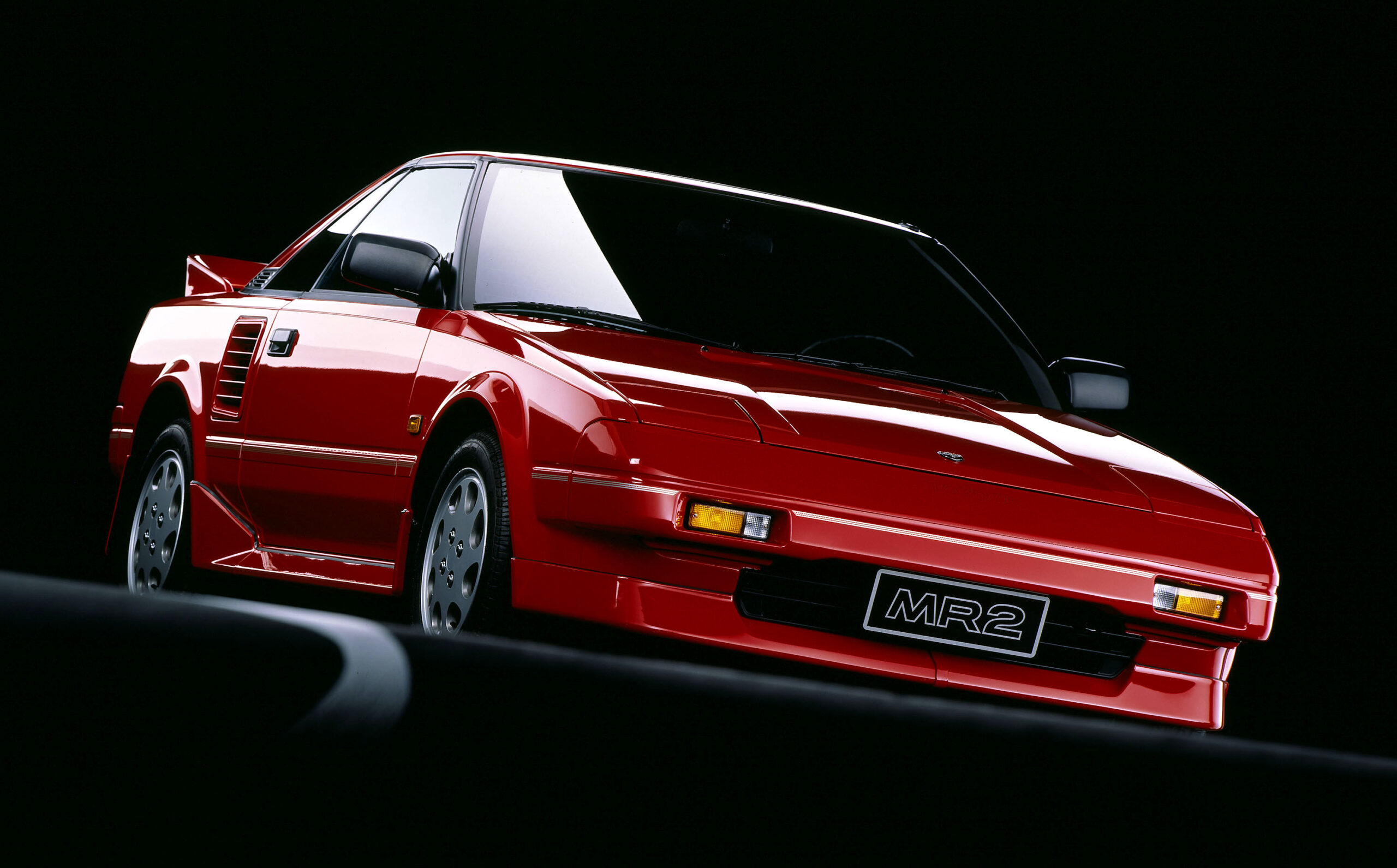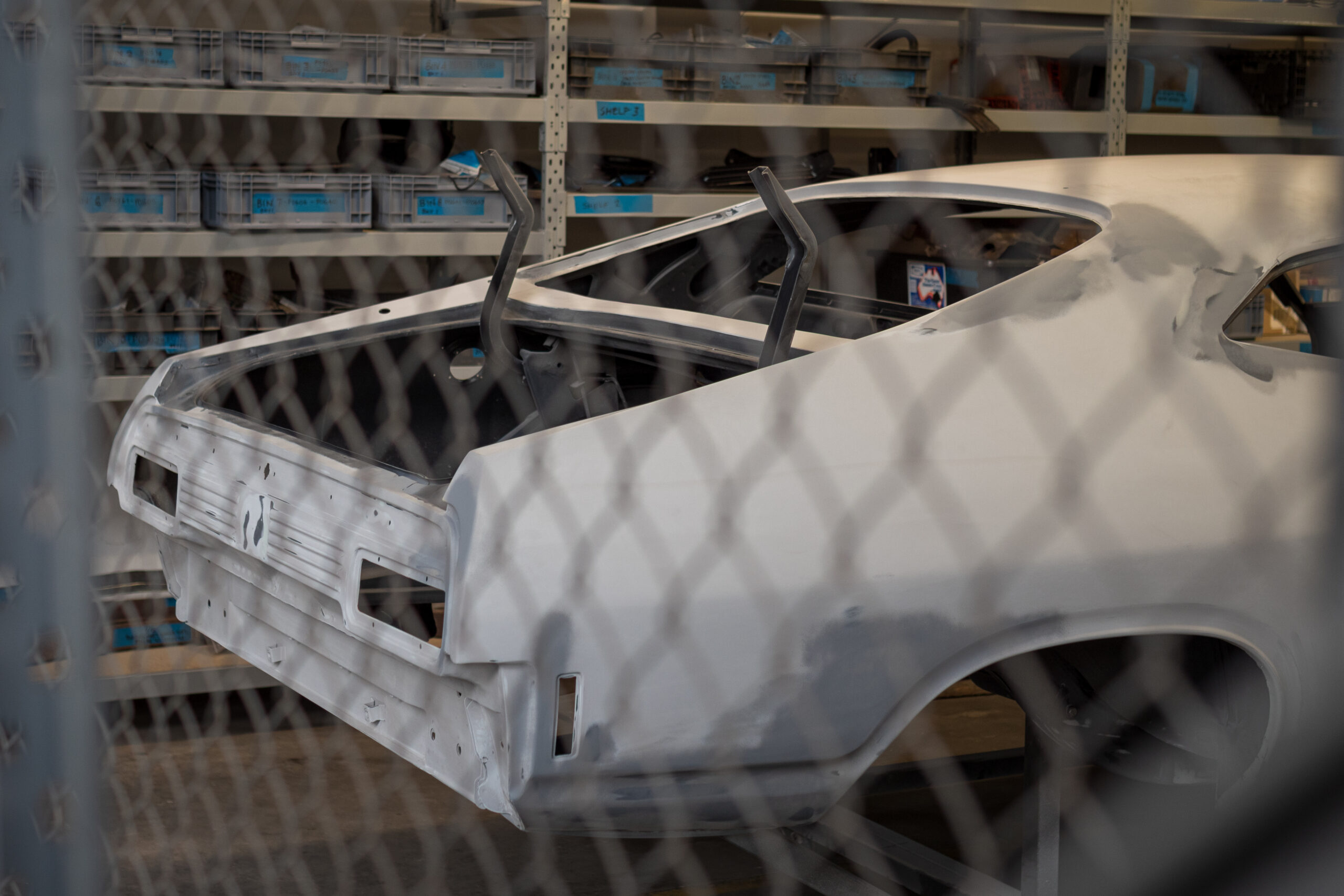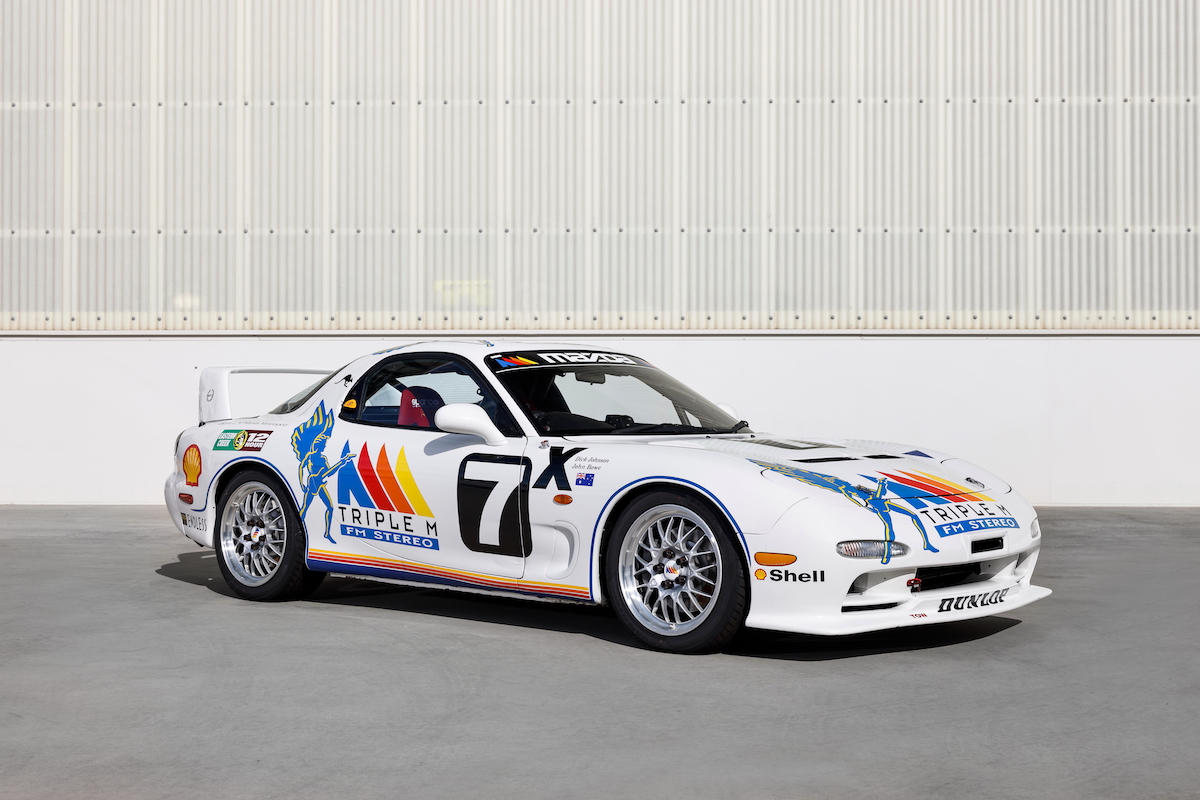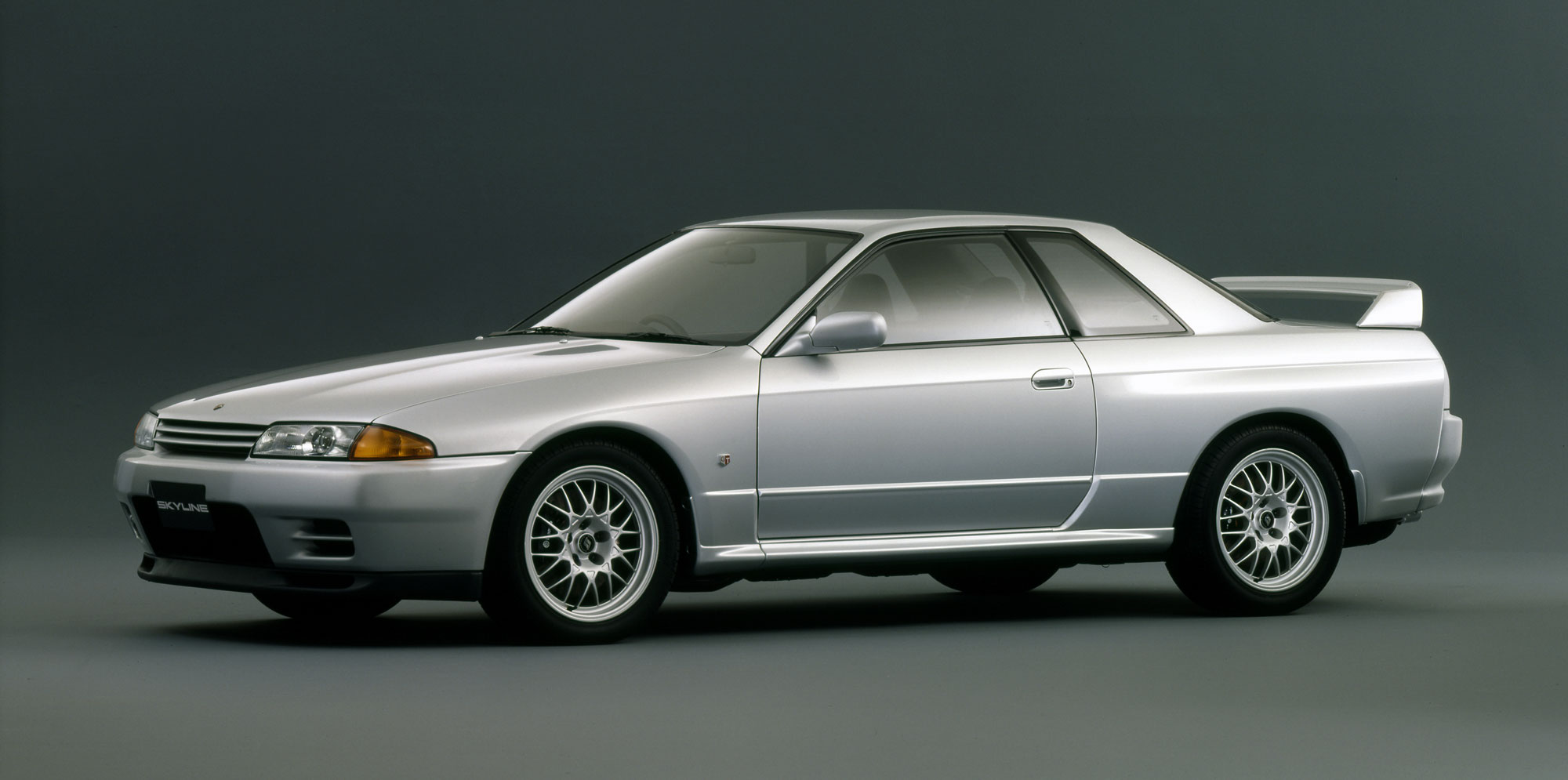Inspired by the talented-but-troubled Fiat X1/9 the original Toyota MR2 was the first mid-engined production car from a non-European manufacturer, blending spritely performance and great-handling with a deliciously affordable price tag.
English novelist George Orwell had painted a grim picture of 1984 in his dystopian novel of the same name and, in terms of sports cars for the masses, the reality of 1984 wasn’t much better. There were stratospheric Aston Martins, Ferraris, Lambos and so on for the elite Inner Party, but no better than dubious sedan-based Japanese coupes like Toyota Celicas and Honda Preludes for the Proletariat.
If you wanted an affordable, open-topped, capable little sports car, you’d already missed your one chance: the talented-but-troubled Fiat X1/9 had departed the Australian market a year earlier.
However, 1984 would be a turning point and the X1/9, which Fiat had since handed over to Bertone, was instrumental in it. This was the year in which Toyota got its groove on and launched, in Japan at least, a mid-engined, four-cylinder, 16-valve, two-seater slot car called the MR2. Its Australian launch was postponed for our adoption of ULP in 1986.
The MR2 (an acronym for “Mid-ship Runabout, 2-seater”) was Toyota’s first whiff of a sports car since the experimental and expensive 2000GT of 1967-70. In many ways, the MR2 was even more ground-breaking for the Japanese manufacturer in being mid-engined, mass-produced and affordable.

In 1976, with the motor industry still reeling from the oil and stock market crises, Toyota had begun investigating a car that was both fun and fuel-efficient. It was a suggestion by head of testing Akio Yoshida that set Project SV-3 along the mid-engined route.
The X1/9, launched in 1972, had provided the inspiration. Not only with its wedge-shaped styling and removable roof, but in the concept of using the front end of a humble front-wheel drive model (the Fiat 128) to power the rear end of something small, sporty and special.
The template for an affordable, mid-engined, mass-market two-seater using proprietary parts also existed by that time in the Porsche 914 and Lancia Beta Montecarlo.
The oft-touted influence of Lotus on the MR2 extended to suspension help with early prototypes. A Toyota-powered Elan proposal, M90, is sometimes credited as the genesis of MR2, but its front-engine, rear-drive layout suggests this 1981 prototype had little to contribute.
With Yoshida in charge of the SV-3 project, design boss Seiichi Yamauchi had already produced the angular ‘SA-X’ prototype by 1981. The production MR2 shape was already evident; though, bizarrely, the SA-X bore a greater resemblance to the Pontiac Fiero, a similar car being developed, unknown to Yamauchi, in parallel.

Toyota unveiled a more refined SV-3 concept at the Tokyo Motor Show in 1983, housing Toyota’s new 1.6-litre 4A-GE engine and running gear sourced from that year’s new-generation E80 Corolla.
The sexy two-seater was in Japanese showrooms just six months later as the MR2 (coded W10), reaching the US and Europe in 1985 and Australia in late-1987. The MR2’s American ambitions were clear in the car’s bonnet logo, featuring an eagle.
Recalling the tale of Jack Brabham’s MRD (Motor Racing Developments), in French the ‘MR2’ name sounded too much like merde. The car went to Francophone markets as the Coupe MR.
Sweet and squat, ‘Mister Two’ measured just 3.95m long and 1.25m tall. The McPherson strut front and Chapman strut/trailing arm rear offered toe, camber and castor adjustment at each corner. Weight bias was 55 percent to the rear.
Lotus suspension engineer Roger Becker had helped lay out initial prototypes, and Toyota IndyCar owner and former F1 star Dan Gurney did further chassis tuning in the US and Japan.

The 1.6-litre, injected 4A-GE engine was destined for greatness. With a Yamaha-developed, 16-valve DOHC head (a 20-valve version came later), its only other rear-wheel drive application would be in the beloved 1983 Corolla AE86. Rigged to an E80 Corolla front-wheel drive transaxle for the MR2, the 4A-GE cranked out 80kW at 6600rpm and 139Nm at 4800rpm.
The resultant MR2 was nothing short of jaw-dropping: a lightweight, great-handling and, at around $32,000, ostensibly affordable sports car. Weighing just 1050kg, the five-speed MR2 clocked a claimed 8.7 seconds for the 0-100km/h sprint and covered the standing 400m in 16.2 seconds. A later, not-for-Oz supercharged version upped power to 108kW.
The compact interior was fashionably ’80s-angular. Supportive seating, an adjustable three-spoke wheel and low driving position helped get the juices flowing, but some media lamented the absence of supercar ambience and shortage of engine noise in the cabin. A T-top roof joined the sunroof as an option from 1985.
The MR2’s handling tended to quick oversteer, which challenged most buyers who were mid-engined virgins. Even so, the MR2 romped away with Japan’s Car of the Year 1984-85 award, besting the impressive Honda Civic CR-X and the forgettable Nissan Laurel sedan.

One shudders to imagine what to make of a 450kW, four-wheel drive, 750kg version of the MR2, but Toyota Team Europe built three such prototype MR2 ‘222D’ rally weapons in 1986. The abrupt axing of Group B and its planned successor, Group S meant the 222D project was stillborn, but it still made a significant contribution to the development of the subsequent ST185 Celica GT-Four rally car.
Other than the Fiero, the Toyota MR2 was the first mid-engined production car from a non-European manufacturer. And when it landed here in 1987, sharing showrooms with a suddenly sizzling front-drive T160 Celica SX, it helped turn Toyota’s image back-to-front.

































